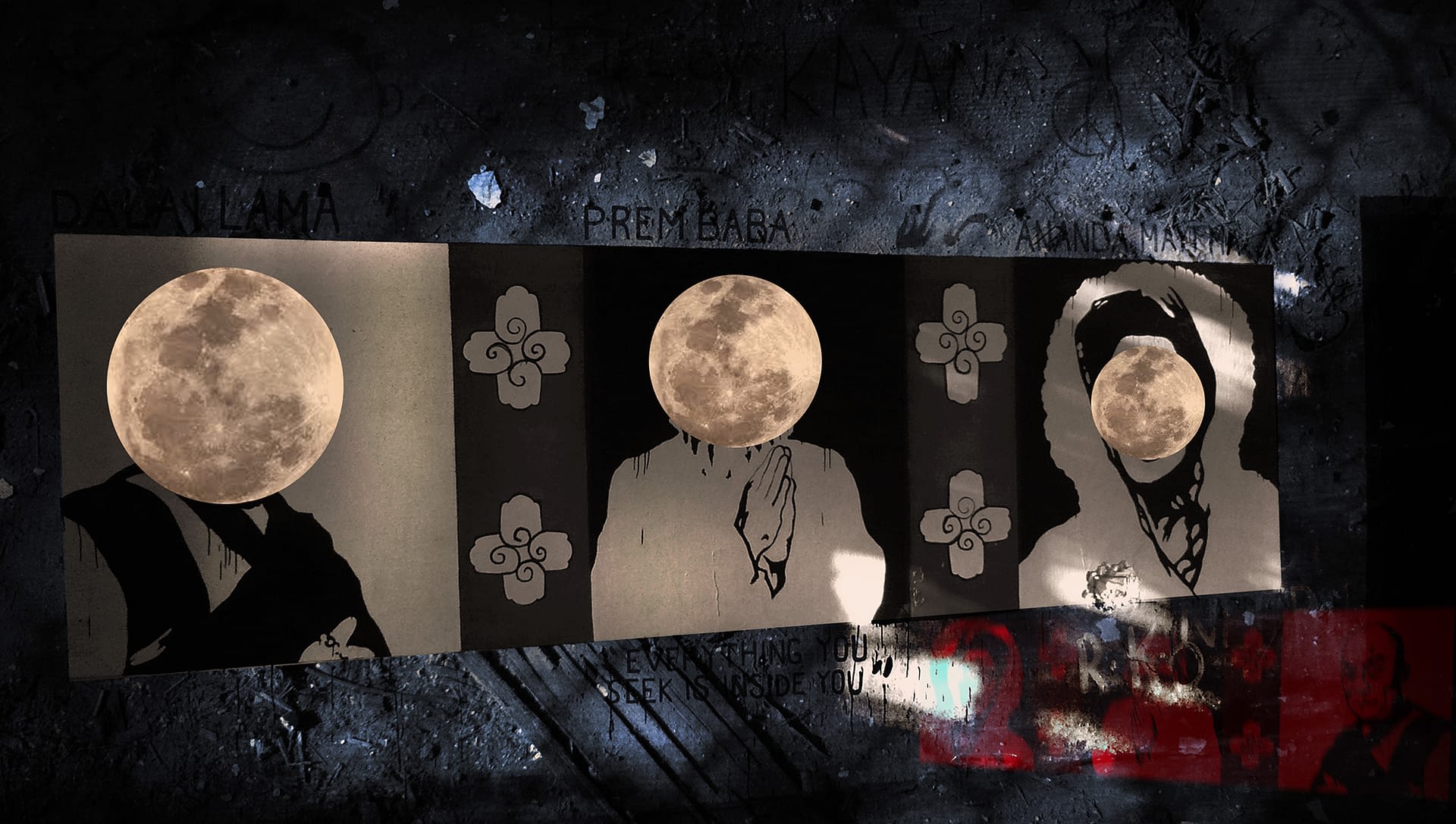Project Description
Beatles in Rishikesh
2012 – 2013
The Beatles team visited Rishikesh in India, in 1968 to attend an advanced Transcendental Meditation (TM) training session, at the ashram of Maharishi Mahesh Yogi. Amidst widespread media attention, their stay at the ashram was one of the band’s most productive periods. Their adoption of the Maharishi as their guru is credited by some as changing attitudes in the West about Indian spirituality and encouraging the study of Transcendental Meditation.
The Beatles first met the Maharishi in London in August 1967 and then attended a seminar in Bangor, Wales. Although this seminar in Wales was planned to be a 10-day session, their stay was cut short by the death of their manager, Brian Epstein. Wanting to learn more, they kept in contact with the Maharishi and planned to attend his ashram in October, but their trip was rescheduled due to other commitments. They stayed in the ashram from February till April 1968.
The Maharishi’s compound is across from Rishikesh, located in the holy “Valley of the Saints” in the foothills of the Himalayas and the home to many ashrams. John Lennon, Paul McCartney, Ringo Starr, and George Harrison arrived there in the month of February 1968 along with their partners, girlfriends, assistants and numerous reporters, joining at least 60 other TM students, including musicians, Donovan, Mike Love of the Beach Boys and flutist Paul Horn. While there, Lennon, McCartney, and Harrison wrote many songs ( Ringo Starr wrote one ), of which eighteen were later recorded for The Beatles (White Album), two for Abbey Road, and others for solo works.
Now the Ashram is slowly being consumed by the forest undergrowth and is what’s left of the original Maharishi Mahesh Yogi Ashram. It was abandoned in 1997 and is now back under the control of the forest department but the shells of many buildings, meditation cells, and lecture halls can still be seen, including Maharishi’s own house and the guest house where the Beatles stayed.
I have always been interested in architecture and design. Abandoned spaces and architectural ruins hold historical and personal memories. In time, they become a part of the collective social memory, reminding the past glory and beauty. I shot these images in 2011-2012. In 2020, I digitally reworked by adding layers, tints of colors, and superimpositions to create this work. This sort of metamorphosizing earlier images is a concurrent style in my photographic practice.
Beatles in Rishikesh | 2012 – 13 | Digitally Reworked

























